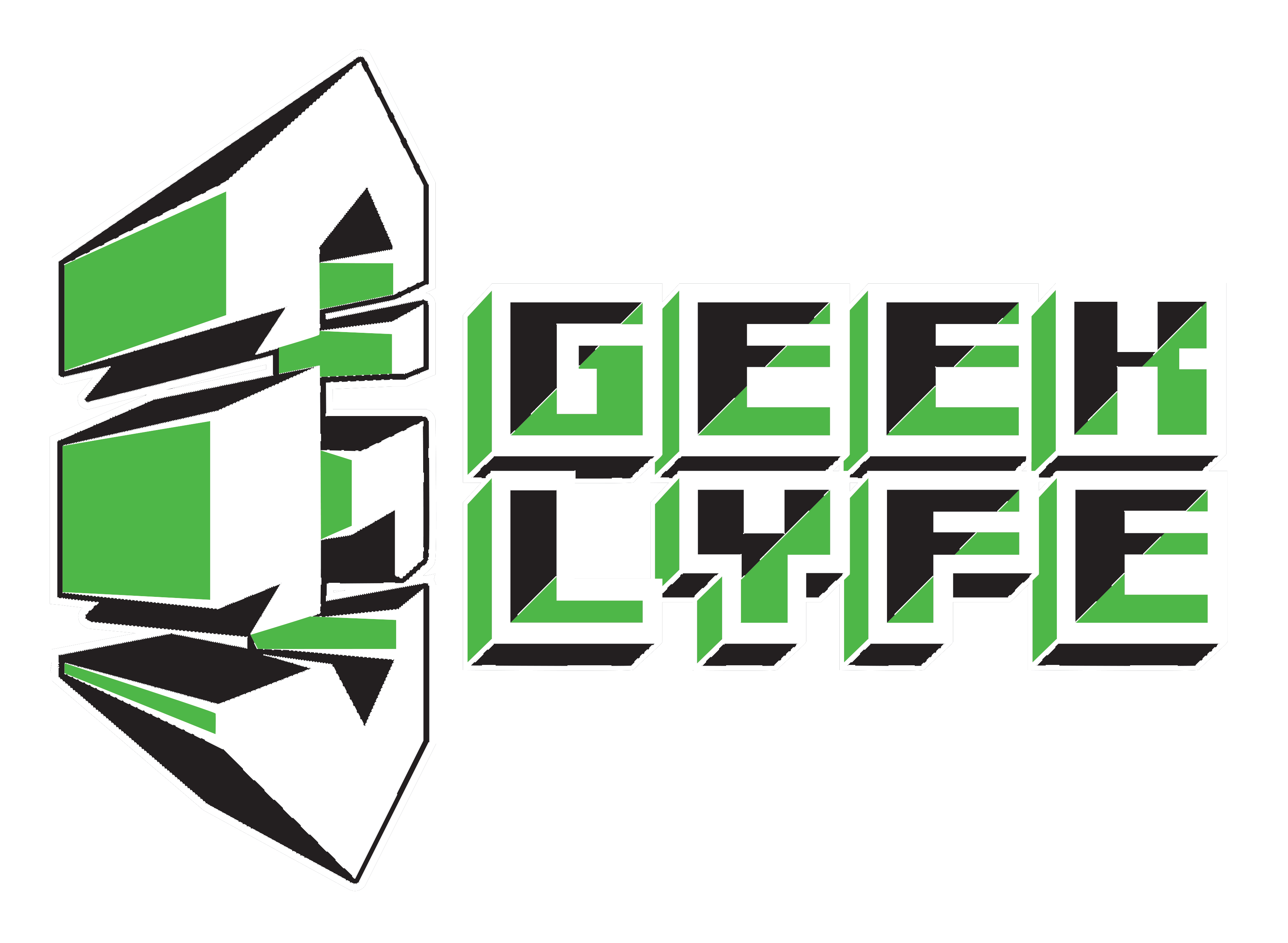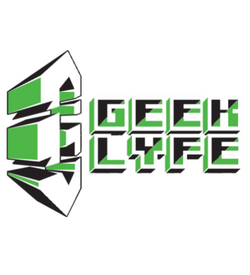
The use of technology has changed many things, and has shaped the way people live, what they do, and general well-being. Technology has become a thread that is woven into every life and every workplace. Assistive technology, which ranges from wearables for daily use to more advanced tech to aid those with disabilities, helps reduce pressure on support services and enables greater independence.
Improves Sleep Pattern
With technology, it is possible to combine modeling, wearable technology, and health and social care data to improve life quality. This means that the data obtained from analysis can be used to predict the impact that technology can have on the end-user and how it will affect their quality of life.
Wearable devices encourage users to be more active during the day to promote quality sleep during the night. In the end, an individual’s sleep pattern improves, which results in greater health and happiness. They also allow users to monitor their own health and track what may be influencing their sleeping patterns, allowing them to make healthy changes independently.
Better Services At Home
With the use of apps, people living with a disability or long term illness can access specialists and get help even when they are at home. Technology has provided them with access to innovative wearables that can identify certain health risks. It is also possible to use Advanced Risk Modeling for Early Detection software to implement some telehealth response services. These services are important in putting preventive health measures in place to avoid health risks.
Technology is also helping to provide innovative community and care home beds to offer flexible services and choices to people with cerebral palsy. The beds offer support to users to allow for better postures. The beds are useful both in hospitals and in home care settings, as well as in private homes.
Long Term Services
Advances in technology mean that new developments can focus on current use and long-term care. For example, people who live with long term conditions like cerebral palsy may benefit from communication aids. Augmentative and alternative communication apps, or AAC apps, are now given to non-verbal children to assist with comprehension and communication, helping to foster independence.
Meanwhile, Bradshaw has come up with two new electric profiling beds that offer more flexibility and choice. These beds are compatible with many assistive tech accessories, offering a flexible solution for various care settings. This includes the community, nursing, and residential care. Technology has seen the development of elite beds that upgrade the modular head and footboard designs to improve the user’s well-being.
Assistive technology spans many fields, ranging from the devices we wear to track our health and fitness to more advanced technology to aid with long term disability and illness. In all cases, however, the goal is the same: to enable users greater access to independence and enhanced well-being.
Chicano | Fighting/Writing for Diversity | DM since 08 | Anime Lover | Site: https://www.thegeeklyfe.com | info@thegeeklyfe.com | http://twitch.tv/that_deangelo | https://linktr.ee/deangelomurillo




